Contents
Guide
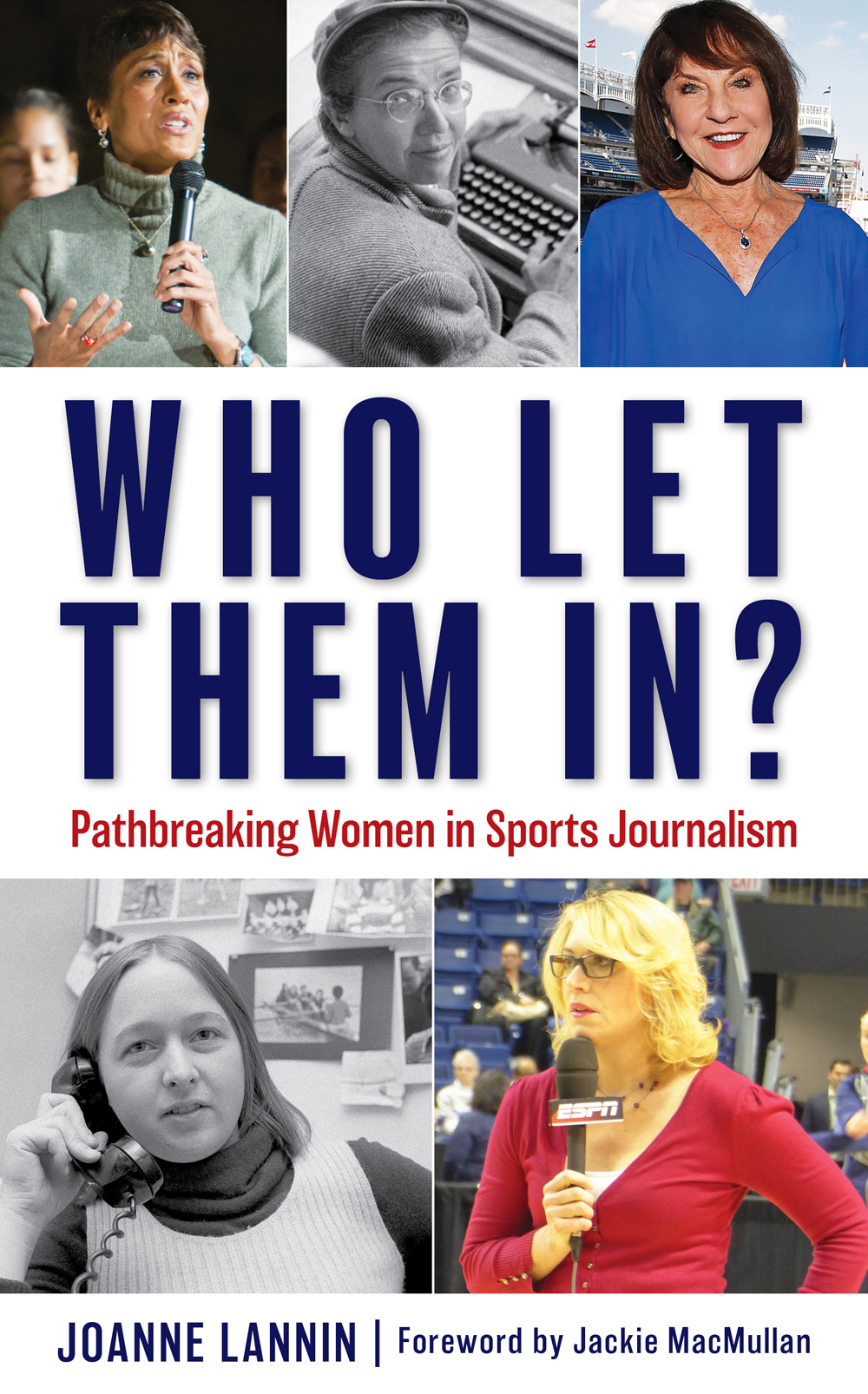
Who Let Them In?
PRAISE FOR WHO LET THEM IN?
What makes Who Let Them In? a splendid read is discovering what these pathbreaking women did once they got insideafter pushing past the barriers, physical and emotional, which men put in their way whenever they showed up to write and broadcast sports. Melissa Ludtke, award-winning journalist and plaintiff in Ludtke v. Kuhn (1978)
I worked with Joanne Lannin at the Portland Press Herald in the 1980s and quickly came to admire her as a dedicated, professional, inquisitive, and thoughtful journalist with a flair for telling stories. All those attributes are on display in her new book. Its an homage to all the women who dreamed big dreams and broke barriers in a world that wasnt as open-minded or welcoming as it should have been. This book is a necessary read for aspiring journalists or anyone with an interest in the history and evolution of the sportswriting profession. Jerry Crasnick, senior advisor, Major League Baseball Players Association, and former sportswriter, ESPN
Its all here in Joanne Lannins terrific book, Who Let Them In? Pathbreaking Women in Sports Journalism . Read the history of the fearless, authentic, undaunted women who had a passion for sports and the talent to express it. The Boston Globe gave Jackie MacMullan and me a chance to do what we loved more than forty years ago, about the time we met Joanne Lanninwere all grateful for each other. Lesley Visser, Hall of Fame sportswriter and sportscaster
Jo has given readers a wonderful book that is part history, part storytelling, and all perseverance. This book is an extension of Jos own journey, and her extraordinary access brings the reader into the careers, hearts, and minds of some of the most impactful women sports journalists of our time. Women who, Jo accurately says, stuck it out and climbed the ladder. Jo Lannins due diligence shows in tremendous fashion, and the result is a marvelous, impactful book. Ann Schatz, veteran sports broadcaster and speaker
Chances are you know all about Jackie MacMullan, Lesley Visser, and Suzyn Waldman. But now, thanks to Joanne Lannin, we have an opportunity to learn more about Mary Garber, Claire Smith, Karen Guregian, and other women sports journalists who refused to accept the press box as a male domain. Lannins writing is lively, anecdotal, and, yes, important. Steve Buckley, senior writer, the Athletic
Published by Rowman & Littlefield
An imprint of The Rowman & Littlefield Publishing Group, Inc.
4501 Forbes Boulevard, Suite 200, Lanham, Maryland 20706
www.rowman.com
86-90 Paul Street, London EC2A 4NE, United Kingdom
Copyright 2022 by The Rowman & Littlefield Publishing Group, Inc.
All rights reserved. No part of this book may be reproduced in any form or by any electronic or mechanical means, including information storage and retrieval systems, without written permission from the publisher, except by a reviewer who may quote passages in a review.
British Library Cataloguing in Publication Information Available
Library of Congress Cataloging-in-Publication Data
Names: Lannin, Joanne author.
Title: Who let them in? : pathbreaking women in sports journalism / Joanne Lannin.
Description: Lanham, Maryland : Rowman & Littlefield, 2022. | Includes bibliographical references. | Summary: A timely and eye-opening look at women in sports journalism, this book provides valuable insight on the obstacles women have had to overcome in order to succeed within the masculine world of sports and the challenges they continue to face today. The stories of their struggles are at times infuriating, at times triumphant, but always compelling Provided by publisher.
Identifiers: LCCN 2021042407 (print) | LCCN 2021042408 (ebook) | ISBN 9781538161449 (cloth) | ISBN 9781538161456 (epub)
Subjects: LCSH: Women sportswritersUnited StatesBiography. | Women sportscastersUnited StatesBiography. | Sexism in sports journalismUnited States.
Classification: LCC GV742.4 .L36 2022 (print) | LCC GV742.4 (ebook) | DDC 070.4/49796dc23
LC record available at https://lccn.loc.gov/2021042407
LC ebook record available at https://lccn.loc.gov/2021042408
 The paper used in this publication meets the minimum requirements of American National Standard for Information SciencesPermanence of Paper for Printed Library Materials, ANSI/NISO Z39.48-1992.
The paper used in this publication meets the minimum requirements of American National Standard for Information SciencesPermanence of Paper for Printed Library Materials, ANSI/NISO Z39.48-1992.
To all the little girls who dream big dreams and dont take no for an answer
M ost groundbreaking women I know didnt wake up one morning and declare, I want to be a pioneer when I grow up. It happened organically, usually from chasing a dream that required uncommon courage, passion, and a healthy dose of resilience. That last virtue comes in particularly handy when a host of naysayers try to tell youagain and againthat your hopes will go unrealized and that your efforts are not welcome, not now, not ever.
I didnt know about any of that when I was ten years old. All I wanted to do was play street hockey with the guys. Our rules were simple: Report in a timely fashion to the flat part of the pavement on Stanford Drive, stick in hand, and you had dibs on the mornings first game. I was the only girl, but nobody seemed to care until one day an older boy from the city moved to our suburban neighborhood and declared that I was out and he was in. No girls! he sneered. She doesnt belong here.
My neighborsmy friendsturned around and studied me, as if they were seeing me for the very first time. Did I imagine a moment of hesitation? After all these years, I cant be sure. Thankfully, the retort was satisfactory: Shes okay. Shes one of us.
I stayed, I played, and I absorbed a series of cheap shots from our newcomer: a hip check, a kick in the shin, and then finally the not-so-subtle whack of the stick across my knuckles, the blood pooling between my fingers as my tears formed. You gonna cry? the boy taunted me. Yes, I wouldlaterwhen my hand began to swell and my raw, red wounds began to throb. But not in front of him. I would not give him the satisfaction.
The bully moved away after a year. By then hed grown tired of antagonizing me, because it was clear I wasnt going anywhere, especially after my dad bought me a net for my birthday, which amounted to a street hockey golden ticket in those days.
When I think back on that experience, it reminds me of the indignities the women in Who Let Them In ? have endured. They pursued what they loved, excelling in their field, and yet there always seemed to be someone who wanted them gone. Excluding us simply based on our gender made absolutely no sense, and the harassment that ensued was cruel, unnecessary, and, quite frankly, heartbreaking.
Thats why the buoyancy exhibited by Mary Garber as a young journalist in the 1940s and 50s, navigating her career amid an avalanche of detractors, has long been cherished by every female sports scribe. Garber remained steadfast in honing her profession, regardless of how she was treated. Some ignored her, others tried to humiliate her, and she was, at various points of her career, barred from the press box, the locker room, and the old boy inner circle. And yet, over time, the subjects she covered grew to trust and respect her. Why? Because Mary Garber was damn good at her job.
Garber wasnt thinking about making history when she joined the ranks of a male-dominated field. She was merely tapping into something that resonated with her. The same held true for Claire Smith, who became enamored with Jackie Robinson as a young girl, then blazed trails, as he did, as a young Black baseball reporter. Susan Fornoff loved baseball, too, and deserves to be recognized as a fearless and insightful writer, not the victim of a neanderthal stunt from the boorish Dave Kingman. Each of their stories, so poignantly chronicled by Joanne Lannin, is a glimpse into a movement that slowly, steadily, changed the landscape of journalism as we know it.




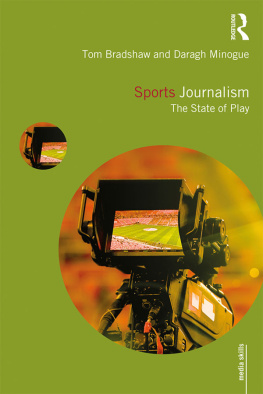


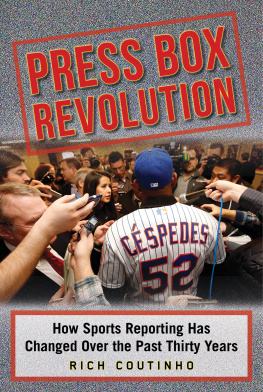
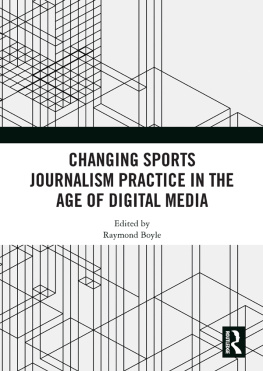
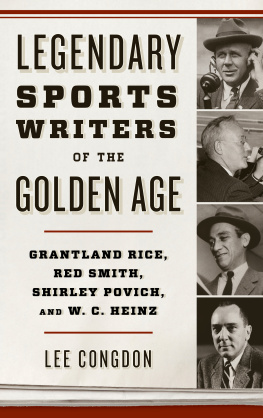
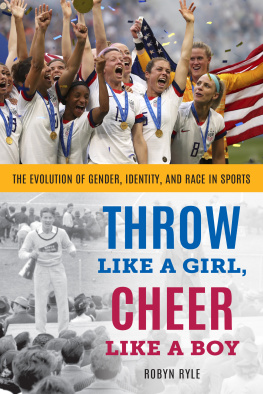
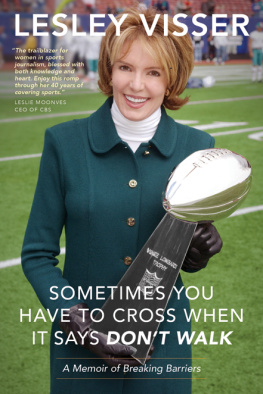


 The paper used in this publication meets the minimum requirements of American National Standard for Information SciencesPermanence of Paper for Printed Library Materials, ANSI/NISO Z39.48-1992.
The paper used in this publication meets the minimum requirements of American National Standard for Information SciencesPermanence of Paper for Printed Library Materials, ANSI/NISO Z39.48-1992.